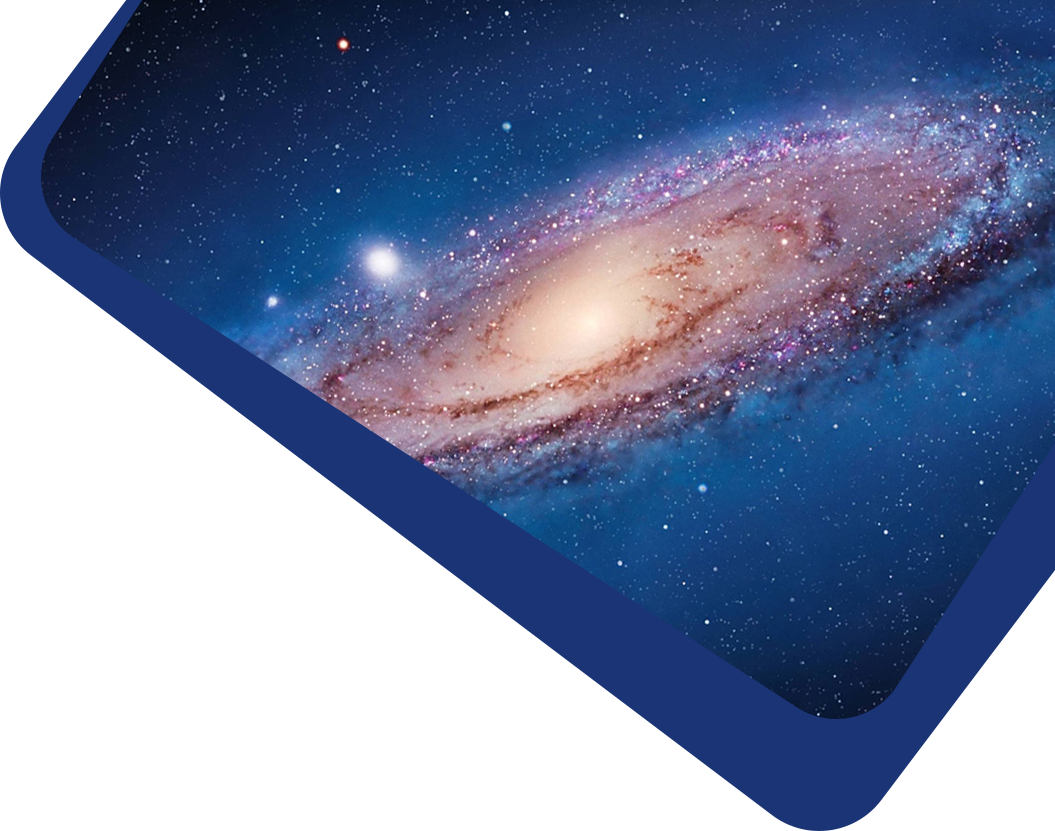As massive amounts of image data are generated by large-scale sky survey projects, the importance of research on the morphological classification of galaxy images is growing increasingly. Deep learning, with the capability of automatic feature extraction, exhibits remarkable performance in image classification algorithms. In the past, most of the excellent algorithm models proposed by astronomers focused on the classification of major categories and often ignored the subtle differences between galaxy categories. For this purpose, based on the DenseNet-121 model, this paper attempts to introduce a variety of improvement strategies such as dynamic multi-scale convolution, learnable grouped convolution, and the squeeze-and-excitation module to optimize the performance of the model. After numerous exhaustive experimental comparisons, the DenseNet-SE4 network with excellent performance is proposed. Subsequently, we conduct comparative experiments between this network and multiple advanced convolutional models on the data set consisting of Galaxy10 DECaLS and GZD-5. We select the data of eight galaxy categories with similar morphologies, such as round smooth galaxies and barred spiral galaxies, to comprehensively test the classification ability of the model. The experimental results illustrate that the DenseNet-SE4 network achieves an accuracy of 88.96%, a precision of 89.00%, a recall rate of 89.44%, and an F1-score of 89.21% on the test set, thus it has reached the highest level among the eight comparison algorithms. Moreover, the model was tested on data within different redshift intervals, demonstrating good robustness. Finally, the visualization method was employed to further validate the effectiveness and rationality of the DenseNet-SE4 network.



